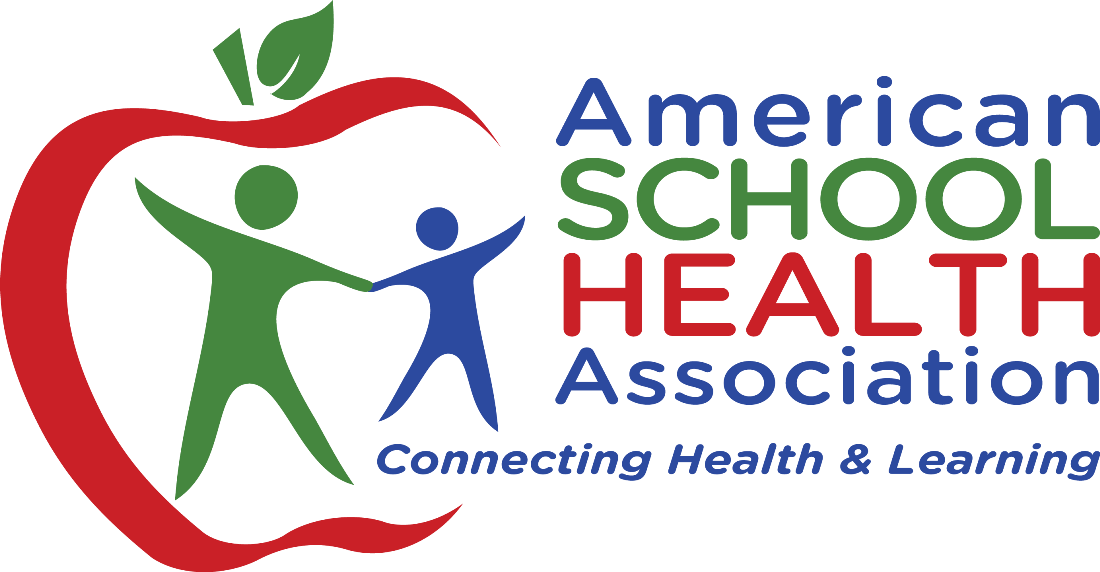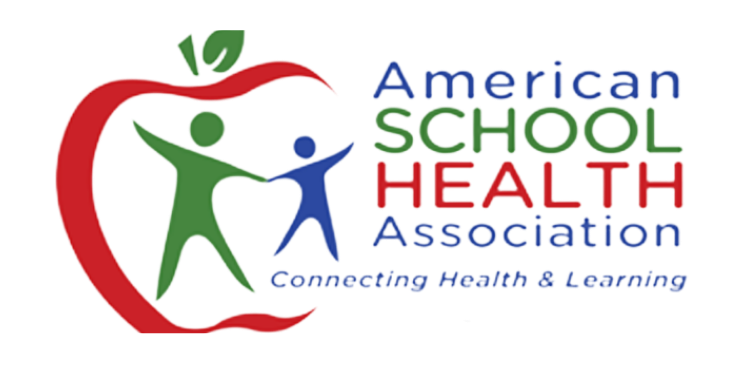What is School Health
Picture schools where every kid feels empowered to learn, grow, and thrive. That's the power of School Health! It's not just about band-aids and checkups; it's about creating a supportive environment where all students have the tools they need to be healthy and happy.
Think delicious, nutritious lunches fueling active minds and bodies. Imagine inclusive classrooms where everyone feels welcome and celebrated. Envision passionate counselors and dedicated nurses providing support whenever needed. That's what School Health strives for!
It's not a solo act, though. ASHA pulls together a dream team of professionals - counselors, nutritionists, teachers, you name it! Together, we champion:
- Lifelong healthy habits: We want kids to build healthy choices that stay with them well into adulthood.
- Holistic well-being: We know physical and mental health are intertwined, so we support every aspect of a child's development.
- Empowering champions: We believe everyone, from parents to teachers, has a role to play in building healthy schools.
School Health Guidelines
Current Best Practices in School Health
According to research published in the Journal of School Health, school health programs that incorporate social skills training in combination with health education have demonstrated, along with parent and teacher training, and school-wide climate change, evidence supporting increased academic outcomes among students who participated (Murray, Low, Hollis, Cross, & Davis, 2007). In addition, the American Cancer Society has identified four basic elements that should be included in high-quality school health programs:
- Active leadership from school administrators, a school and community health council, and a school employee with responsibility for coordination.
- A coordinated and collaborative approach overseen by a school health council, that sets priorities based on community needs and values, and that links with community resources.
- A safe and nurturing learning environment with supportive policies and practices, facilities that are hazard free, and consistent health-enhancing messages.
- A commitment of time, personnel, and resources.





